Perhaps the most interesting of the Monk’s subclasses in DnD 5E, the Way of the Four Elements is a path that is expensive but powerful. They use Elemental Disciplines to control the battlefield, with the best Disciplines being combat-determinative.
However, all of these disciplines burn through ki points like they’re nothing, so you want the strongest options to keep things alive.
Elemental Disciplines are ki-based attacks. They spend between two and six points, many of which replicate spells of level one to five. Including the cantrip-like Elemental Attunement, you learn one Discipline at level three and an additional one at level six, 11, and 17.
That means you can learn a total of five disciplines, as long as you replace Elemental Attunement. And we recommend that, as it is somewhat weaker than Prestidigitation and you otherwise have four “spells” known.
The best Four Elements Monk Elemental Disciplines in 5E, ranked
While the Four Elements Monk is one of our least-favorite archetypes for the class, it does have the potential to deal monumental area damage and even apply crowd-control to foes beyond the Monk’s Stunning Fist. This archetype can do solid work in the lategame, but requires a lot of time to set up and a huge reliance on short rests to get anything done. You’re basically a Warlock, after all.
Remember to consistently replace lower-level options with higher-level ones. Something like Sweeping Cinder Strike might be fantastic early, but will quickly pale in comparison to Flames of the Phoenix, for example.
10) Sweeping Cinder Strike

Sweeping Cinder Strike just lets you cast Burning Hands for two ki points.
Burning Hands is a hard spell to use traditionally. 15 feet is deadly for classes like Wizards or Sorcerers, but a Monk is used to being up-close-and-personal. This lets you use a relatively high damage area of effect and then, if you want, burn more ki for Flurry of Blows. Or, if your DM lets you use Ki-Fueled Attack, you can just slap them about the head for free.
This is your basic option early on. It’s useful for a handful of situations and is efficient as long as it hits two or more enemies.
9) Gong of the Summit
Gong of the Summit lets you cast Shatter for three ki points.
Unlike Burning Hands, Shatter is a solid ranged attack with a small area of effect, making it slightly easier to land this on several enemies. Hitting three or more targets in close confines starts to become more relevant at this point.
However, this is a damage down over Burning Hands in theory. Instead of getting about 5.5 average damage per ki point, you’re getting 4.5. As long as this hits three people, you’re definitely getting your ki’s worth.
Thunder damage is also significantly less resisted than the standard fire damage that plagues the Elemental Discipline list. That’s nice, but is not worth keeping around once Flames of the Phoenix becomes an option.
8) Mist Stance

Stepping away from area-of-effect spells, Mist Stance allows you to cast Gaseous Form for three ki points.
Gaseous Form is not an excellent spell, but provides an air of out-of-combat or situational power that not many options allow. Being able to creep through a crack in the wall is something only classes like Bard can provide.
You can’t do much in this form, unfortunately. This is not a combat form, unless the fight involves you desperately trying not to die to non-magical physical damage. Instead, you use this to infiltrate buildings, carefully navigate smoky regions, or save yourself from a deadly fall.
7) Unbroken Air
Our first non-spell, Unbroken Air spends two ki to deal a high-damaged spell effect within 30 feet that targets one individual. It pushes the target 20 feet away and knocks them prone. The damage is 3d10, plus another d10 per ki point.
Unbroken Air is unique, though it still behaves much like a spell. This hits a lot harder than even Chromatic Orb, which is impressive since it also has a knockback effect. In addition, it scales rather well with ki—up to 7d10 at max power.
The knock prone effect could theoretically combo well with a Flurry of Blows or a Ki-Fueled Attack, since you’d get advantage on the attacks. That could lead to a very high-damage turn, but one that costs seven ki points. Considering your maximum pool is 20, this is not exactly a sustainable game plan turn-by-turn.
The Four Elements Monk is not here for single-target damage. This is an area-of-effect class with limited resources, like an Artificer. But, this is a reasonable use of ki points.
6) River of Hungry Flame

River of Hungry Flame is Wall of Fire, cast for five ki points.
Wall of Fire is one of the strongest spells on the Sorcerer and Wizard spell lists. It carves fights in half, providing exceptional cover and decent damage to combatants. It’s highly customizable, providing the party a place to tuck and cover while forcing enemies to take a decent chunk of life for interacting with it.
But, the Monk learns this spell 10 levels after a Sorcerer or Wizard. It’s also not easy to sustain concentration spells with a Monk, since they tend to be near the front of a fight. Even with good AC, you’re going to be chipped away at much more often than a backlining Sorcerer.
Still, good damage and offers a method of combat control that’s very unique for a Monk. It’s worth considering as your fifth option.
5) Eternal Mountain Defense
Eternal Mountain Defense lets you cast Stoneskin for five ki points. The 100 gp cost is negated, thankfully.
Stoneskin is a strong effect, but getting it at level 17 is rough stuff. By that late point in a campaign, most creatures will have magical weapons or ways to bypass non-magical resistance to physical damage.
However, against creatures that do not have magical attacks, you double your effective health. That’s really strong. You can take hits from big enemies like Dragons or Mammoths like a champion, since many of those foes lack magical damage on their natural weapons.
If you know that your campaign will entertain natural attacks more than the standard endgame of demons or angels, then you’re at a good spot with this. However, you can’t get all of the strong choices for this class, so pick this one only with some metagame knowledge.
4) Water Whip

Water Whip is another not-quite spell, targeting an enemy with a Dexterity saving throw for two ki points. It deals 3d10 damage and you can pull a creature closer to you or knock them prone. Additional ki points deal d10s of extra damage.
Good damage and knocks prone, similar to Unbroken Air. Unlike that effect, this has slightly better uses against flying creatures. By whipping a creature out of the air, you can get a flying enemy within range of your party. This is especially good when you’re flooded with melee-focused allies that can’t afford to fly.
However, there are a handful of weaknesses compared to Unbroken Air. Water Whip targets Dexterity, which is a much larger saving throw on most enemies than Strength. It also either pulls the enemy or knocks them prone, which reduces effectiveness in melee situations. In parties with more ranged characters, prone can be a downside, but it definitely stinks that you can’t get your free advantage and pull-in.
Still, this is probably your fifth effect. Pulling enemies away from squishy party members or out of the sky is worth your time and energy.
3) Flames of the Phoenix
Flames of the Phoenix is Fireball, cast for four ki points.
Fireball is the most efficient area-of-effect damage spell in the game, dealing incredible damage for its cost. It also has excellent range with a gigantic blast that can wipe encounters by itself. 8d6 damage is a ludicrous increase from Shatter. You’re getting seven average damage per ki point now, which approaches what you’d expect for Flurry of Blows. Imagine that hitting multiple creatures and you’ve gotten yourself a powerful tool.
This is the big point of the archetype and, perhaps your strongest “spell” until endgame. You get it so much later than your spellcaster contemporaries, but its still a valid option even with the wait. Clerics would kill to get an area-of-effect this strong that activates instantly that isn’t named Flame Strike.
Make sure this is on your list. It’s your calling.
2) Wave of Rolling Earth
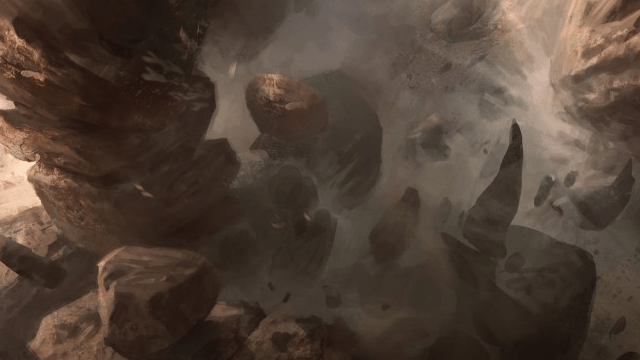
Wave of Rolling Earth casts Wall of Stone for six ki points.
Wall of Stone is a very fun spell to use and very annoying to deal with, even at level 17. Even having one segment between your party and an enemy can save a turn of torment. But, you can stack them up in a hallway for a hellish time. With each wall segment rocking about 180 hit points, you can put nearly 2,000 health plugging up a hallway.
These walls are quite annoying for any foe to deal with. Damage gets there eventually, but then the wall has done its job. Even anti-magic can have a bit of trouble getting through this effect without continuous casting or very powerful anti-magic fields.
Like many effects that the Monk gets, however, you’re late to the party. Druids got Wall of Stone eight levels ago. Back then, this was nearly impenetrable. Now, it’s more of a nuisance.
Still, its a nuisance that no other martial character can replicate. This should definitely be one of the 17th level options you find if you reach this point.
1) Ride the Wind
Ride the Wind is Fly, spending four ki points to activate, but only targets yourself. Despite this restriction, Ride the Wind is the best elemental discipline.
This is for a few reasons. Martial combat in midgame 5E is predicated around the ability to fly. Monks, like Paladins, are not designed for ranged combat. They want to be up close and personal so they can punch the enemy Wizard to death.
Ride the Wind is one of the very few ways that Monks can contend with high-flying combat in 5E. For a fifth of your Ki by endgame, this is a pretty worthy cost. You can fly into a fight, kick your foe’s butt, and then use Step of the Wind to bail out. Or, you can catch up to a dragon to ensure it doesn’t escape your wrath. While you are a pseudo-spellcaster, you are going to have to rely on your fists like a Warlock relies on Eldritch Blast.
This lets the rest of your party benefit from more permanent methods to fly, like Winged Boots. You don’t need those anymore, after all. You can instead benefit from more magical items to keep yourself safe or deal more damage to foes, which is a breath of fresh air for a standard Monk setup.


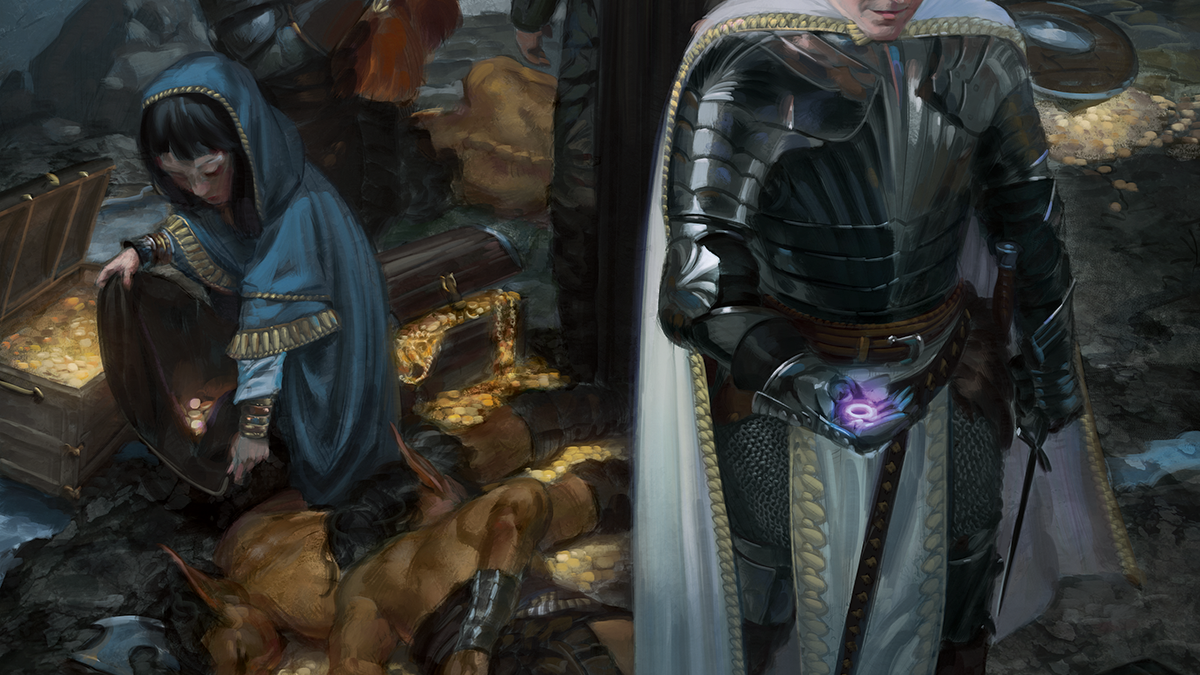
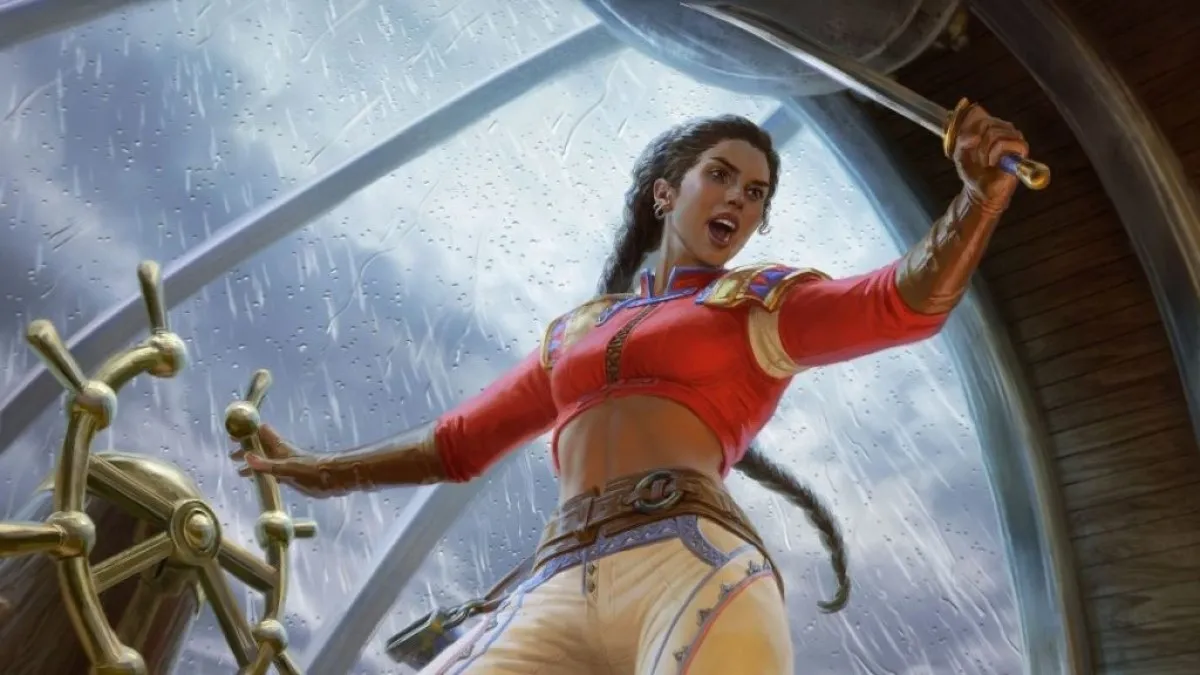
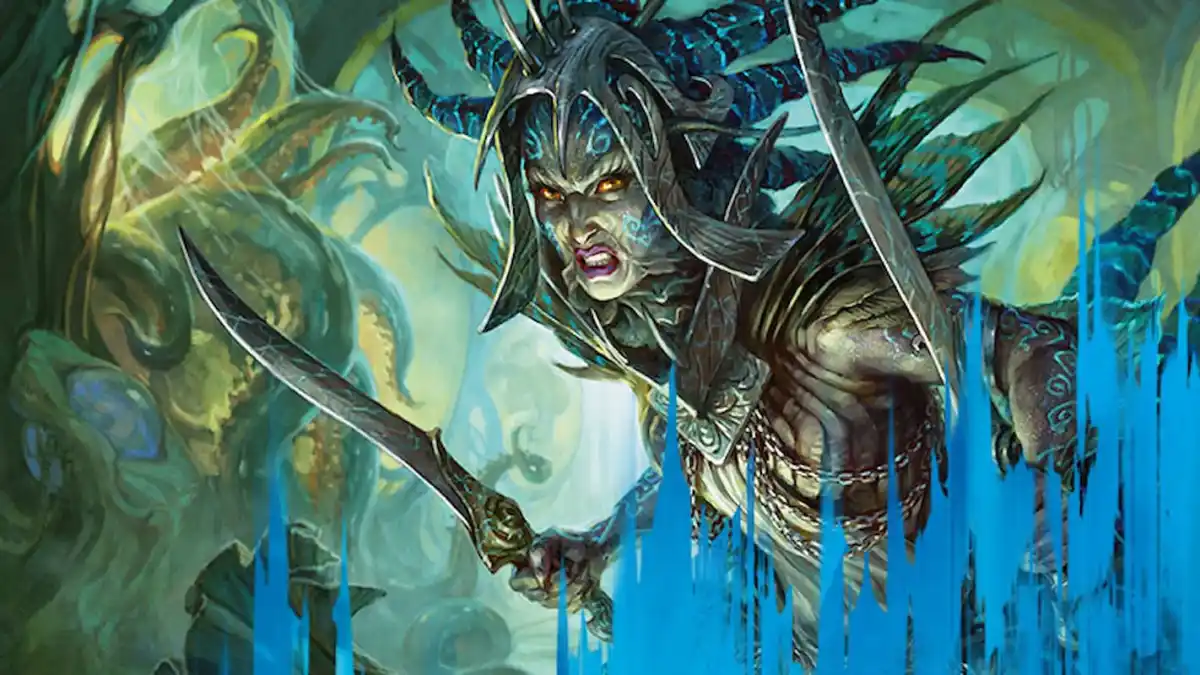
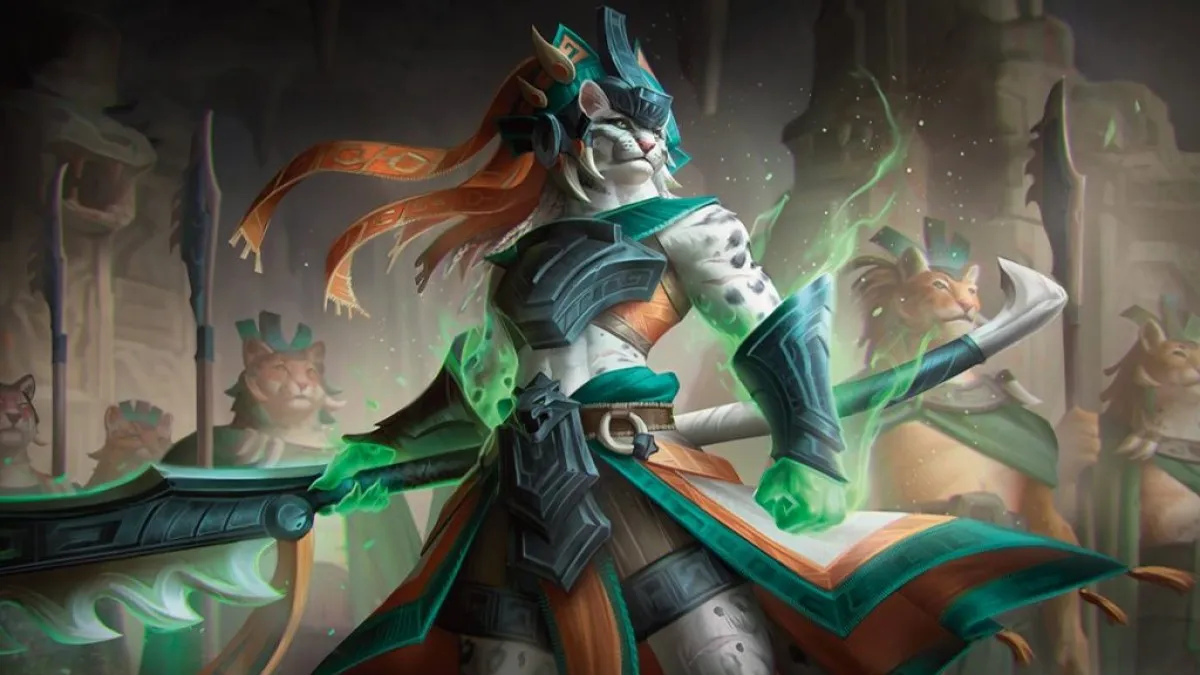


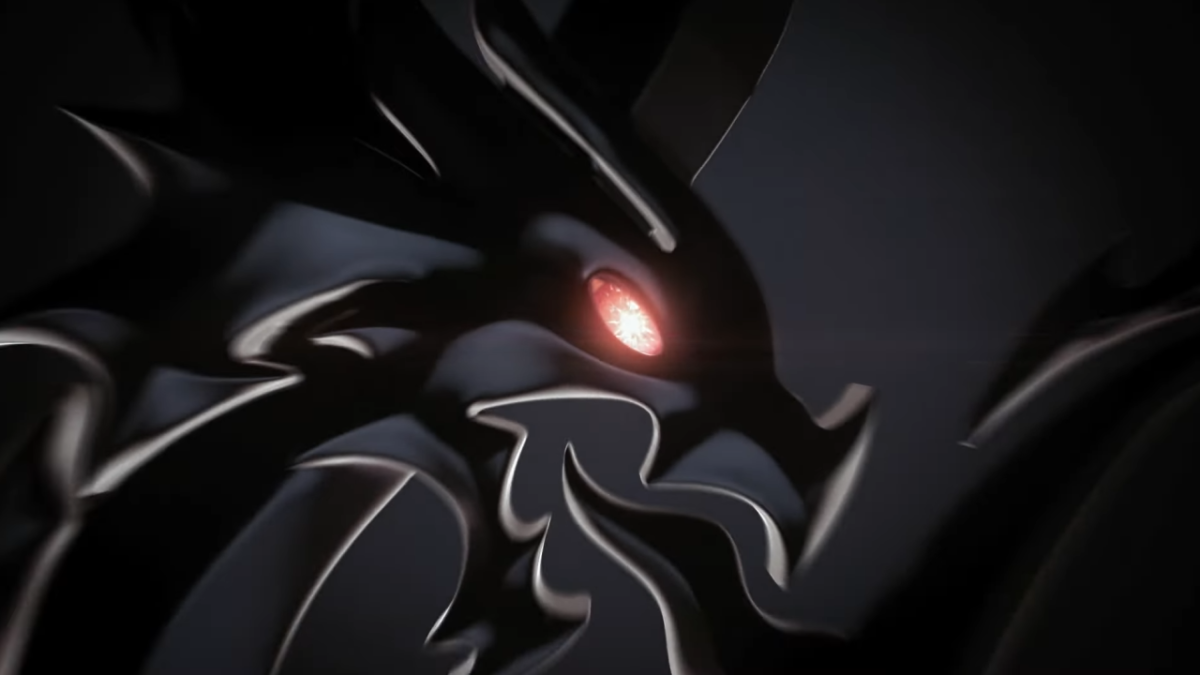
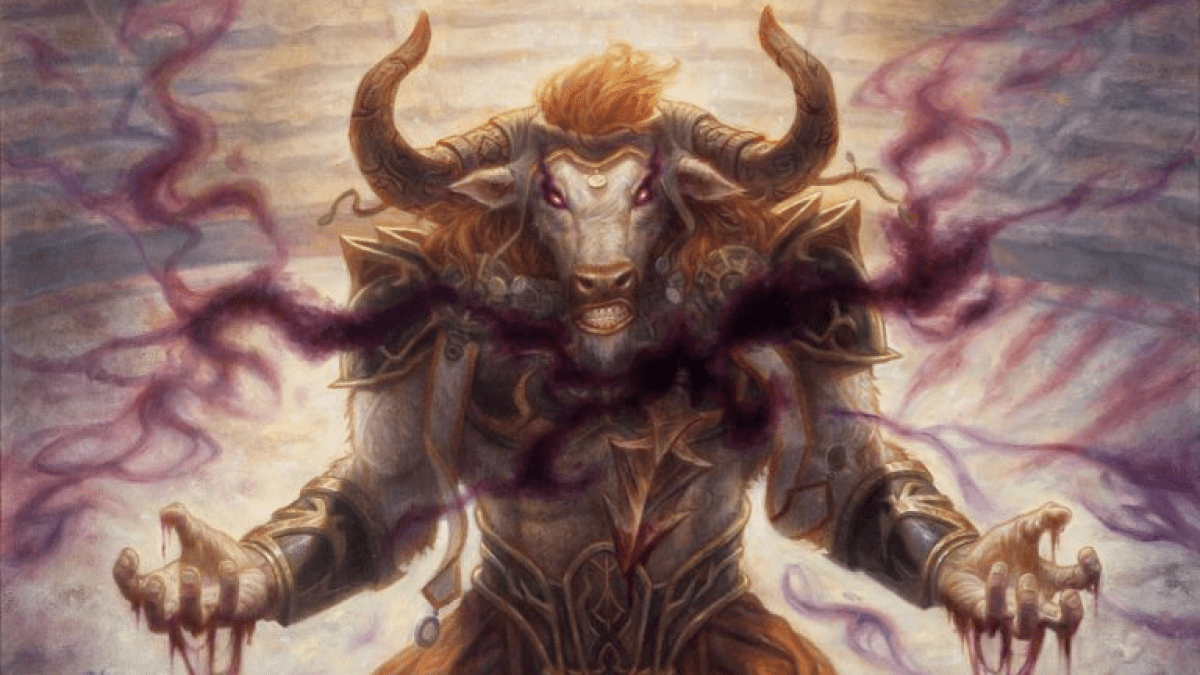

Published: Oct 20, 2023 11:01 PM UTC